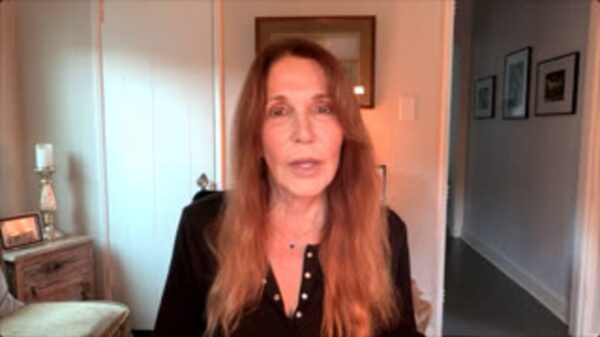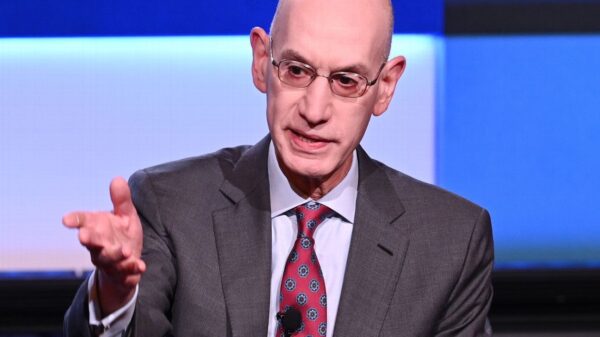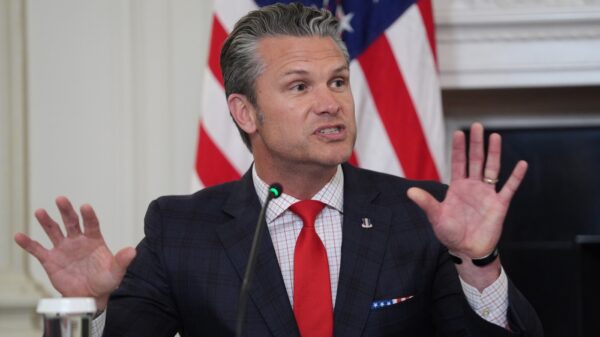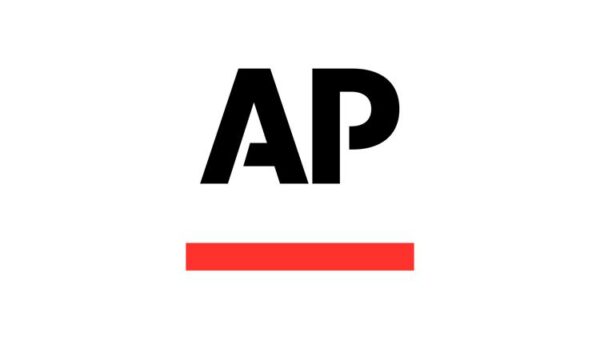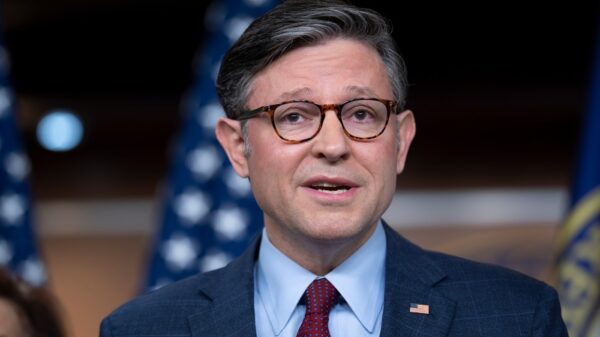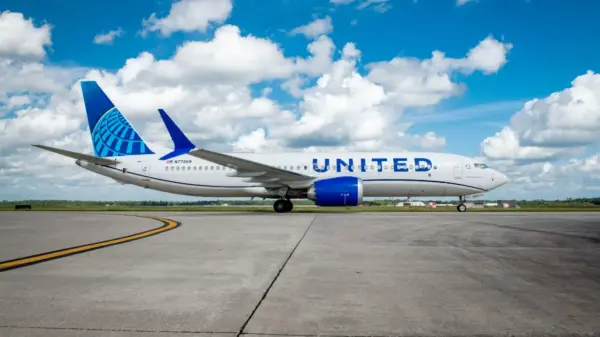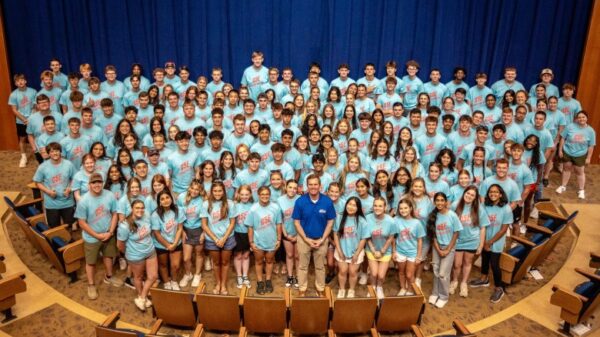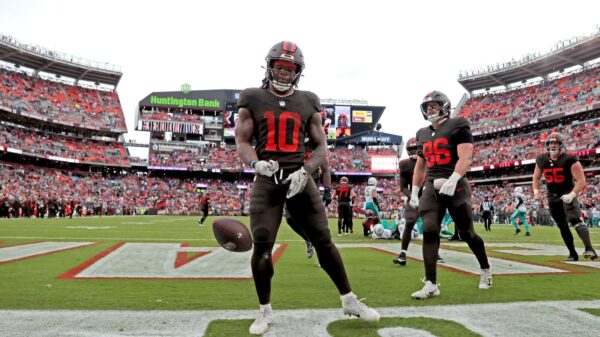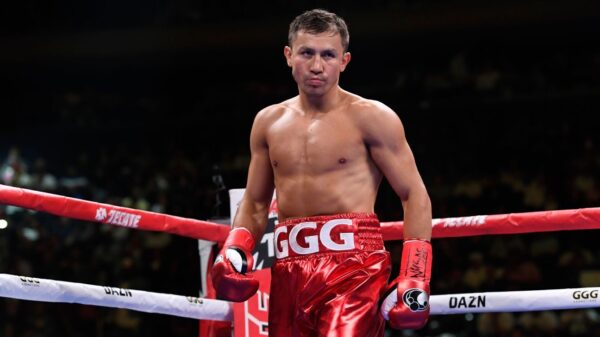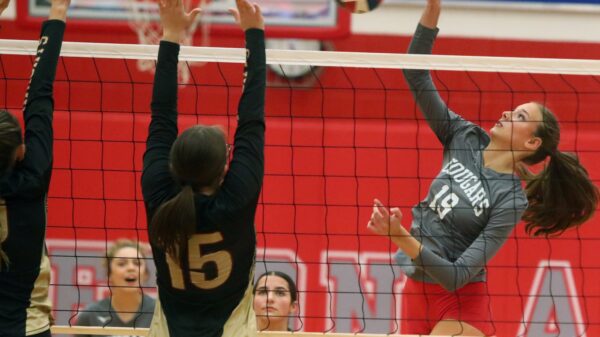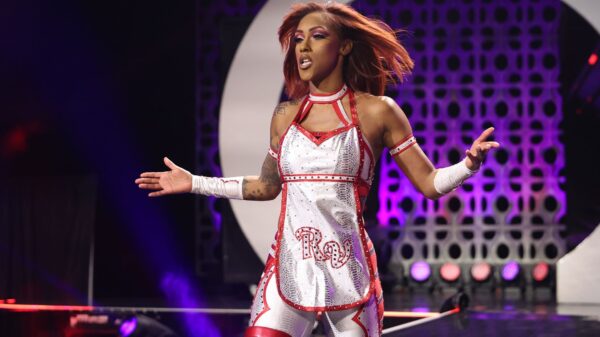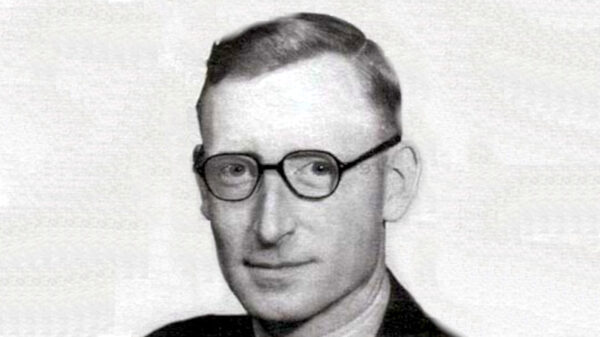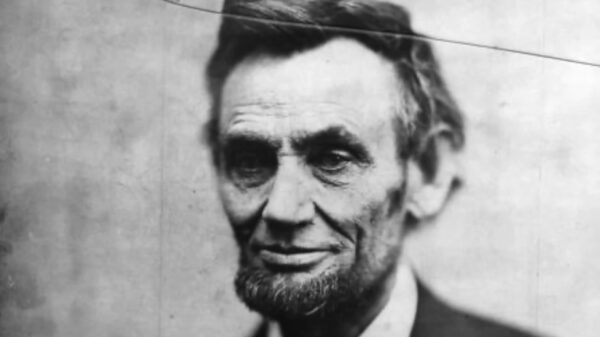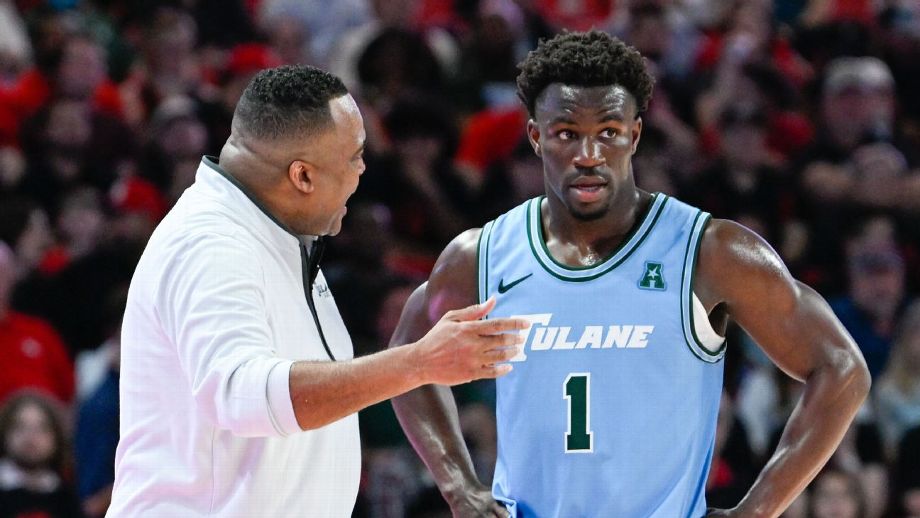UPDATE: Mid-major college basketball coaches are rapidly adapting to the evolving landscape of player transfers, as elite programs increasingly target their talent. Just moments ago at the Peach Jam basketball camp in North Augusta, South Carolina, Tulane coach Ron Hunter shared his mixed feelings after an SEC colleague praised his ability to prepare players for high-major competition, stating, “I didn’t know whether to be mad or to say thank you.”
This interaction epitomizes the dilemma facing mid-major coaches as they grapple with becoming stepping stones for high-major schools. Recent trends reveal that three of last season’s AP All-Americans—Mark Sears (Alabama), Johni Broome (Auburn), and Walter Clayton Jr. (Florida)—began their careers at mid-major programs. Alarmingly, 60% of first- and second-team selections from high-major schools now have mid-major roots.
As the transfer portal continues to reshape college basketball, more mid-major coaches are embracing this reality to attract top-tier talent. Wyoming’s coach Sundance Wicks highlighted the need for modernization, stating, “You’ve got to get with the times.”
The player exodus is evident; after a successful season, Andy Kennedy of UAB saw 15 players leave for high-major programs. Instead of lamenting these losses, Kennedy has pivoted, using PowerPoint presentations to illustrate the financial benefits for players moving to bigger schools. In his words, “Adapt or die, bro.”
The financial stakes are high. According to Opendorse, elite players at high-major programs averaged payouts exceeding $2.9 million last season. In contrast, less than 10% of those earning over $100,000 played outside the premier conferences like the ACC and SEC.
Coaches like Drew Valentine of Loyola Chicago are now facing the harsh realities of the transfer landscape, noting that high-major coaches were already courting his best players long before the portal opened. “In February, I had two guys… showing me vanish mode DMs from coaches,” he revealed, emphasizing the challenges of retaining talent in this competitive environment.
The introduction of Name, Image, and Likeness (NIL) deals in 2021 has further complicated matters, allowing players to earn substantial incomes at high-major schools. This has prompted some mid-major programs to explore innovative recruiting strategies, with Bradley coach Brian Wardle emphasizing the unique opportunities his program offers, including leadership roles and potential financial incentives.
The effects of these changes are not just limited to player development. With revenue-sharing models potentially leveling the playing field, mid-major programs are preparing to showcase their value beyond basketball. Coaches like Johnny Tauer at St. Thomas-Minnesota are pitching the benefits of their school’s alumni network and facilities, while Kenny Blakeney of Howard emphasizes the cultural significance of attending a historically Black college.
As the landscape continues to shift, mid-major coaches are left to navigate this complex terrain. With players like Johni Broome successfully transitioning to the NBA after starting at mid-major schools, the appeal of moving up is undeniable. However, not all coaches are willing to accept the role of feeder programs.
As Hunter reflected on his unexpected encounter with the SEC coach, he summed up the current state of mid-major basketball, stating, “I had nothing to say to him. I didn’t know whether to say thank you or to get pissed at him.”
The urgency for mid-major coaches to adapt is at an all-time high. With the ever-changing dynamics of college basketball, the next steps for these programs will be crucial in determining their future success in this competitive environment.
Expect ongoing developments as these strategies unfold, impacting players, coaches, and the landscape of college basketball as we know it.

